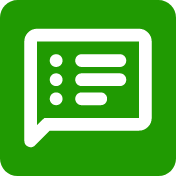Yarn Map: Divide the class into groups of two or three students. Provide each group with one copy of the Word Friends handout, yarn, paper, scissors, and a pencil. Invite students to cut out all the words and spread them on a flat surface. Instruct them to connect related words using yarn and create labels explaining each connection (e.g., connecting librarian and postal worker with a yarn labeled jobs). When finished, each group will have a web of words with labeled connections. Conclude by having groups share their webs, highlighting the various ways words can be interconnected.






